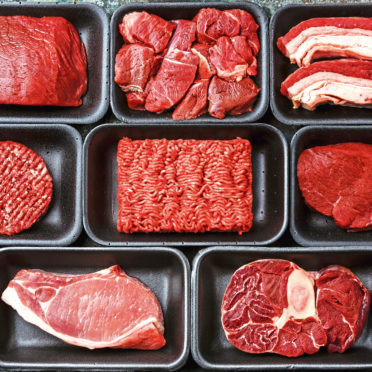A new project is exploring the use of DNA technology to trace beef back to the animal it came from and the farm of origin.
The Agriculture and Horticulture Development Board (AHDB) says DNA technology has the potential to provide greater protection and value for beef at home and for the growing export market.
The levy body said the project, which involves industry partners including the Association of Independent Meat Suppliers (AIMS), will assess whether DNA technology can be used to identify and trace all beef back to the British animal ear tag and animal’s farm of origin.
AHDB international market development director, Dr Phil Hadley, said the process should give consumers greater transparency and also offer a way to confirm the provenance of products being served in the food service and manfacturing sectors across the UK.
“Under current legislation, clear country of origin labelling is required for beef and mince sold at retail,” said Dr Hadley.
“This is not the case for products destined for the food service and manufacturing sectors.”
He added: “This pilot project will address a number of gaps within the UK’s beef market.
“Key to having an economically sustainable livestock sector is the need to achieve carcase balance and to recover premia not just from the most expensive steaks and joints, but from the entire carcase. This requires robust and effective traceability across all segments of meat production, not just in retail.”
Dr Hadley said the pilot DNA system will create the potential to link finished retail or manufactured product back to the animal and farm in the small and medium processing sectors, mirroring similar initiatives in other European countries.
AIMS policy director, Norman Bagley, said: “The opportunities that DNA traceability offers the UK meat industry are enormous for both the domestic and export markets.
“I fully expect to see this pilot project be successful and for the pig and sheep sectors to adopt its findings.”
The project also involves the British Meat Processors Association, the NFU in England and Wales, and DNA traceability specialists IdentiGen.
